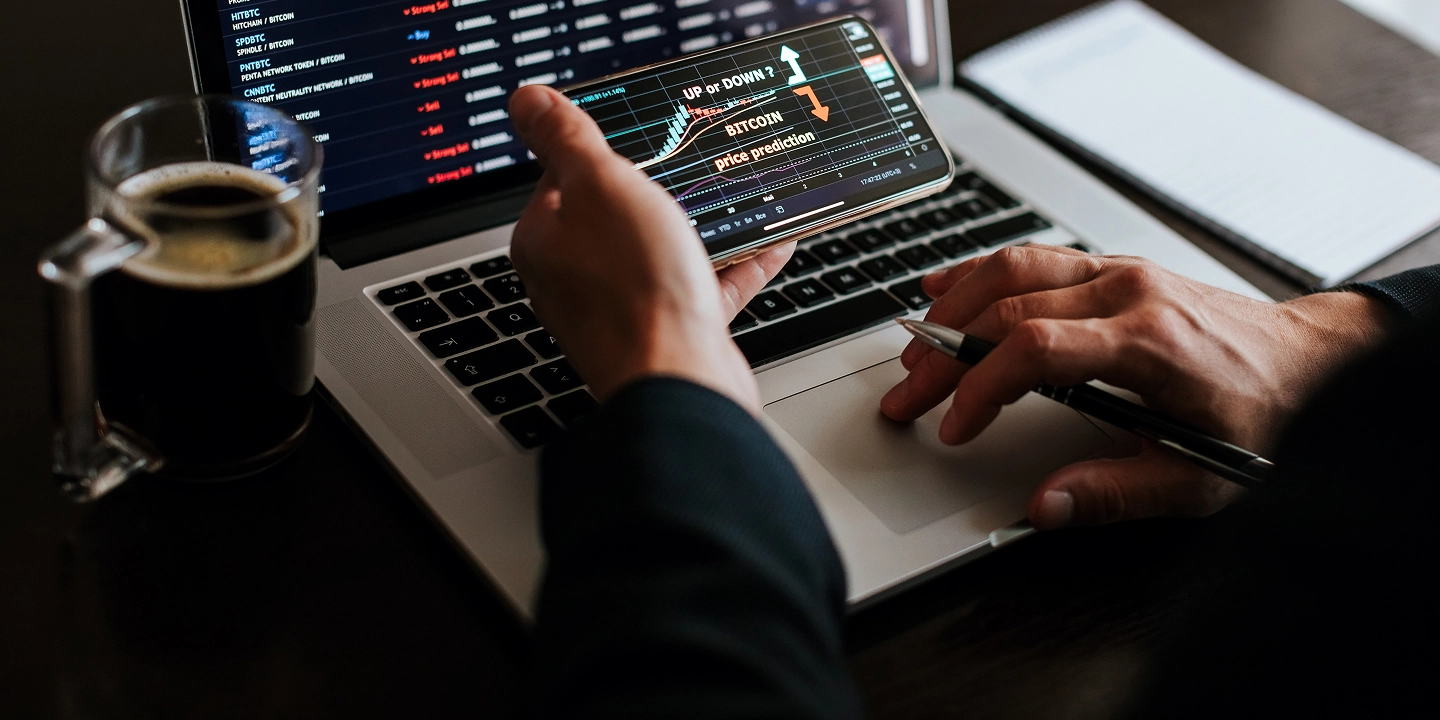The energy or electricity is used for the so-called bitcoin mining. Think of this process as a lottery in which bitcoin miners from all over the world try to find a correct hash. In our comparison, the hash is like a digital winning ticket. The miner who finds a valid hash is allowed to write the next block to the bitcoin blockchain and receives bitcoin as a reward in return.
The more attempts (hashes) made, the higher the chance of winning (the block reward).
This is how Bitcoin Miners work
Miners use the SHA-256 hashing method to generate valid hashes. The process is computationally intensive and energy-intensive, which makes generating bitcoin challenging. If a miner finds a correct hash, he is rewarded for his efforts and currently receives 6.25 bitcoin as well as the transaction fees of all transactions that he writes into the new bitcoin block.
The block size and therefore also the number of transactions per block is limited. For this reason, miners prefer those with higher fees when choosing transactions. When they select transactions with the highest fees, they increase their revenue when they successfully find a block.
When many people want to send bitcoin transactions at the same time, the transaction fee increases as there is always competition for limited block storage space.
The Difficulty Adjustment
It was already specified in the code of the first bitcoin version that the block time, i.e. the time that passes between two bitcoin blocks, should be on average 10 minutes. If more bitcoin miners now take part in the “digital draw,” the chance of a block being found also increases. This means that the more people participate in the search for blocks, the shorter the block time becomes.
To ensure that the block time levels off at around 10 minutes over the long term, there is a regular adjustment in the network: The mining difficulty is adjusted every 2016 blocks (approximately every 2 weeks): If the block time in the previous 2016 blocks was less than 10 minutes, it becomes more difficult to find a block, if it was over 10 minutes on average, the process is simplified for miners.

Source: https://www.coinwarz.com/mining/bitcoin/difficulty-chart
Another adjustment that is firmly anchored in the bitcoin code is the adjustment of the reward for adding a new block approximately every four years. In the so-called “halving”, the block reward is halved. In mid-April 2024, this reward will be halved from 6.25 BTC to 3.125 BTC. As a result, bitcoin's inflation rate decreases approximately every four years in the long term. After halving in 2024, bitcoin will become the hardest money that humanity currently knows.
Power Consumption and Bitcoin Network Security
The importance of mining is not limited to creating new bitcoin. A high number of active miners results in enormous overall computing power, which makes the network more secure and decentralized. The constant increase in mining difficulty shows that bitcoin has been becoming more and more secure and difficult to attack for many years.
To successfully attack the system, an attacker would need to control more than half of the total computing power. This challenge is becoming more and more difficult as mining activities spread out.
If you want to learn more about bitcoin mining, we have good news for you. Bitcoin mining is not only open to professional miners with special hardware. With a so-called Nerdminer anyone can participate in the mining process from home and understand bitcoin better. This does not require in-depth technical knowledge or previous experience.


%202%20(1).jpg)

